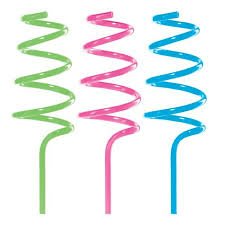Cyano will form on rotting food. Jus Sayin.This is where we disagree. If nitrogen and phosphorus weren't causing cyano/dino blooms we wouldn't worry about fertilizer run off so much.
Phosphates are also used in coral dips in concentration.
So the spot I have cyano is at the bottom of the flow curl. It drops particulates there. Should I Change the flow or dose n or p?



















